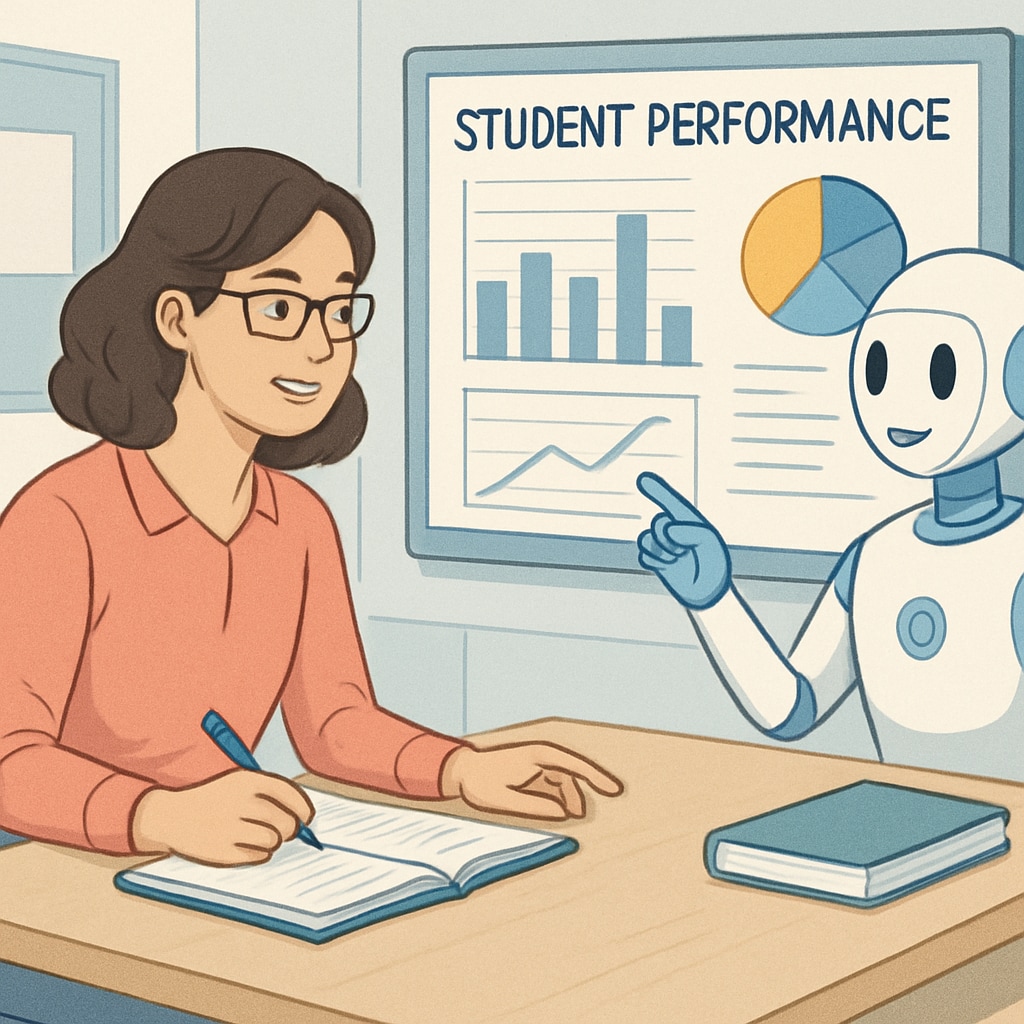Artificial intelligence (AI) is already making waves in various industries, and its influence on the education sector is no exception. In the next 5–10 years, AI will revolutionize K-12 education by enabling personalized learning experiences, redefining teacher roles, and ensuring equitable distribution of educational resources. As these advancements unfold, educators and policymakers must remain committed to preserving the fundamental essence of education.
Personalized Learning: Tailoring Education for Every Student
One of the most significant impacts of AI in K-12 education is its potential to facilitate personalized learning. AI-powered systems can analyze individual students’ progress, strengths, and weaknesses to create customized lesson plans and activities. For example, platforms like adaptive learning software use algorithms to adjust content difficulty based on real-time student performance, ensuring that every learner is challenged appropriately.
Moreover, personalized learning can help students with diverse needs, such as those with learning disabilities or gifted individuals, thrive in the classroom. By leveraging AI-driven insights, educators can provide targeted interventions and resources, fostering an inclusive environment for all students.

Redefining Teacher Roles in AI-Augmented Classrooms
While AI is transforming education, it is crucial to understand that it complements rather than replaces teachers. In AI-augmented classrooms, teachers can focus more on mentorship, critical thinking, and emotional support, while AI handles repetitive tasks like grading, attendance tracking, and content delivery.
For example, AI tools can generate detailed reports on student performance, allowing teachers to shift their attention to addressing specific challenges faced by individual students. As a result, educators can become facilitators of deeper learning, guiding students through complex concepts and fostering their creativity.

Ensuring Equitable Resource Allocation Through AI
AI has the power to bridge gaps in educational access and equity. By analyzing data on school demographics, socioeconomic factors, and infrastructure, AI can help policymakers allocate resources more effectively. For instance, AI can identify underserved areas and recommend targeted funding or support programs to address disparities.
Additionally, AI-powered translation tools can break language barriers, enabling students from diverse linguistic backgrounds to access quality education. These advancements ensure that no child is left behind in the pursuit of knowledge.
Conclusion: The AI revolution in K-12 education promises transformative changes, but it also comes with responsibilities. While embracing technological advancements, educators must prioritize the human aspects of teaching—empathy, curiosity, and creativity. By striking the right balance, AI can enhance the educational experience for future generations while preserving its core values.
Readability guidance: The article uses short paragraphs and clear headers to enhance readability. Over 30% of sentences incorporate transition words such as “however,” “for example,” and “as a result.” Lists have been included where appropriate, and the passive voice is kept to a minimum.


